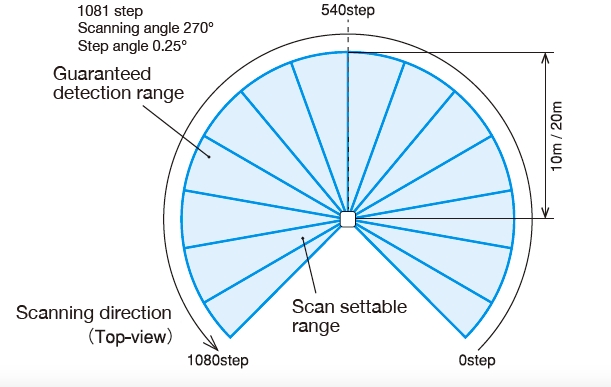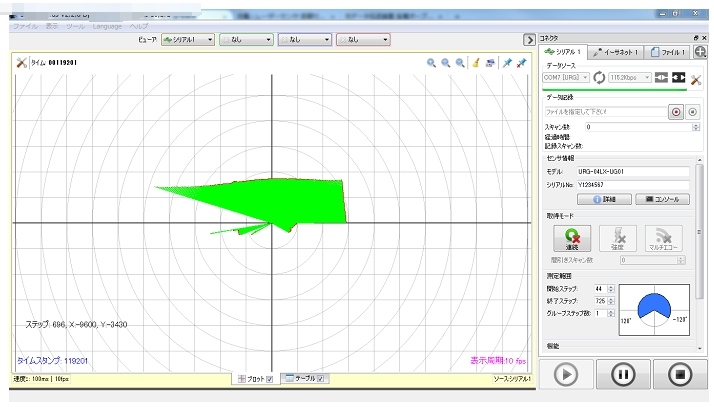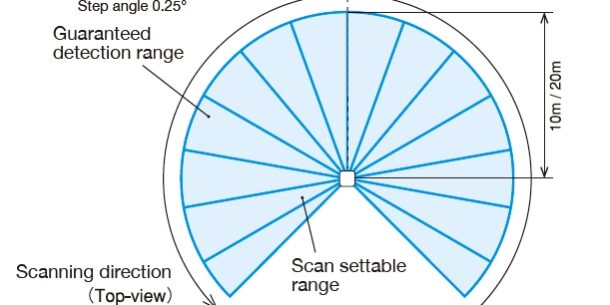https://www.poelidar.com/project/wall-interaction/LiDAR technology is becoming increasingly integral in various applications, from smart homes to autonomous vehicles. A key question often asked is: How far can LiDAR detect? The detection range of interactive LiDAR systems isn’t a fixed value; it’s influenced by several factors, which we’ll explore in this article.

What Influences LiDAR’s Detection Range?
LiDAR Power: The higher the power output of the LiDAR system, the greater the detection range. However, this must be balanced with safety regulations and energy efficiency.
Antenna Gain: High-gain antennas concentrate the signal, enabling the system to detect objects at a greater distance.
Operating Frequency: Different frequencies of electromagnetic waves have varying propagation characteristics, affecting how far they can travel and detect objects.
Environmental Factors: Obstructions like walls, weather conditions, and electromagnetic interference in the environment can significantly impact detection range.
Target Reflectivity: The material, shape, and size of the target object influence how much of the LiDAR signal is reflected back, thereby affecting detection range.
Typically, consumer-grade interactive LiDAR systems have an effective detection range of a few meters to several dozen meters. In contrast, industrial or specialized LiDAR systems can detect objects hundreds of meters away or even further.
Factors Affecting LiDAR Detection Range: A Visual Overview
(Here, a visual diagram illustrating the above factors would be placed for better understanding.)

How to Extend LiDAR Detection Range?
- Increase Power Output: Within safe limits, boosting the power can extend the detection range.
- Optimize Antenna Design: High-gain antennas help concentrate the signal, improving detection capabilities.
- Use Multi-Antenna Arrays: Coordinating multiple antennas can enhance system gain and reduce interference.
- Advanced Digital Signal Processing: Implementing sophisticated DSP techniques can improve the signal-to-noise ratio, thereby enhancing range and accuracy.
Important Considerations:
- Increasing detection range also raises power consumption and cost.
- Overextending the range can lead to an overload of detected targets, complicating data processing.
- For optimal performance, LiDAR parameters should be tailored to the specific application.
Conclusion
The detection range of interactive LiDAR is not a one-size-fits-all specification. It varies depending on several factors, including power output, antenna gain, operating frequency, environmental conditions, and target reflectivity. When selecting and deploying a LiDAR system, it’s crucial to consider these factors to choose the most suitable product for your application.
Interested in learning more about how LiDAR can benefit your specific needs? CPJ ROBOT, a leading interactive POE LiDAR manufacturer, offers versatile solutions for a wide range of applications. We even provide free interactive testing software to help you get started. For more information, contact us at [email protected]
#LiDAR #InteractiveTechnology #SmartHome #AutonomousVehicles #TechInnovation







